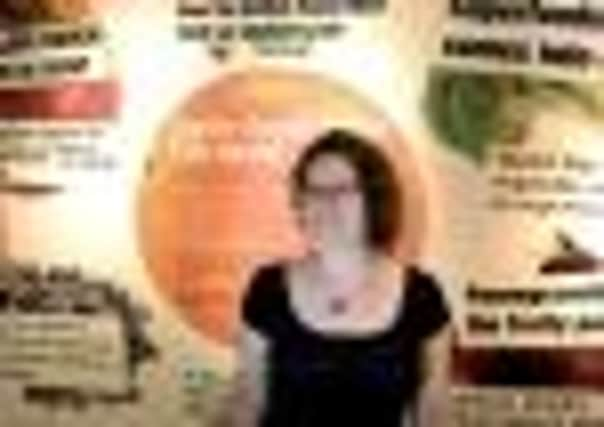Sweet success for the wonder food that conquered the world


IMAGINE a mother spooning a highly-sugared food into her little one’s mouth with the encouraging words “Eat up, sugar is good for you.”
Yet, when it first came to these shores from the Mediterranean, sugar, then considered to be a spice, was considered a wonder food with all sorts of exciting and magical properties. “White gold”, as it was known, was in short supply and massively expensive, but those who tried it couldn’t get enough. It was a highly political foodstuff, too, with taxation on sugar keeping it away from the masses for centuries and supplies were rigorously controlled.
Advertisement
Hide AdAdvertisement
Hide AdIt’s difficult these days, when we often try to cut down on sweet foods, to conceive of a time when sweetness in the diet was almost a thing unknown and many of the sweet fruits we enjoy today had not been discovered by the British palate.
Yet, on the other side of the world, cane sugar was first used by man in Polynesia, from where it spread to India. In 510 BC the Emperor Darius of Persia invaded India and found “the reed which gives honey without bees”. The secret of cane sugar was kept closely guarded even as it was exported for rich profit.
But Arab expansion led them to learn about sugar production and they established it in other lands they conquered, including North Africa and Spain.
It was the Crusades in the 11th century that led western Europeans to taste sugar, and the “new spice” was first documented in England in 1099.
Advertisement
Hide AdAdvertisement
Hide AdIn the following centuries, sugar became part of the increasing expansion of western European trade with the East. In 1319, sugar was available in London at “two shillings a pound”, equating to around £100 a kilo at today’s prices.
It’s known that Christopher Columbus took sugar cane plants to grow in the “New World” of the Americas, and thanks to the climate it didn’t take long for the industry to thrive. By 1750, there were 120 refineries in Britain. Still a prized commodity, it was taxed highly and in 1815, £3m went to the Government from sugar sales. Being able to afford sugar in your food was a sign of substance, and the corpulence it fed was also a badge of honour among the well-to-do. In those days it was the more ordinary person who, in many respects, had a healthier diet of cereals, vegetables, beans and pulses.
It wasn’t until 1874 that Prime Minister Gladstone abolished the tax and brought sugar within the means of the wider public.
Although sugar beet had been discovered as a source of sugar in the mid-1700s by the German chemist Andreas Magraff, vested interests in the cane industry ensured that it remained merely a curiosity – a situation that prevailed until Britain blockaded sugar imports to continental Europe during the Napoleonic wars.
Advertisement
Hide AdAdvertisement
Hide AdBy 1880, sugar beet had begun to replace the sugar cane as the main source of sugar on continental Europe, but sugar beet didn’t start to rise as an industry in Britain until the Great War, when Britain’s sugar imports were under threat.
The place of sugar in our diets and our lives, and its journey through the ages is celebrated in an exhibition at Wakefield Museum which has been funded by the Wellcome Trust and is based on a three-year research project called You Are What You Ate, being run by Leeds University.
Prof Gary Williamson of the School of Food Science and Nutrition said “Part of the reason that medieval people lived far shorter lives than us was because of disease and unhealthier environments; their diets were not necessarily unhealthier. When people in the UK today die far younger than average – despite the advantages of modern medicine – we should think seriously about diet as a factor.”
Dr Iona McCleery, co-ordinator of You Are What You Ate, said: “Ultimately, we want to celebrate eating sweets and cakes while showing awareness that they must be eaten as part of a healthy, balanced diet.”
Advertisement
Hide AdAdvertisement
Hide AdOne irony around so-called healthy foods these days, says Dr McCleery, is that dentists report an increasing number of dental problems among children whose well-meaning parents give them little boxes of raisins and fruit smoothies in their lunchbox. Both foods are high in natural, not added, sugar.
* Sugar And Spice And All Things Nice is at Wakefield Museum, Wood Street, Wakefield WF1 2EW until October 1. Information: 01924 305357 or [email protected]